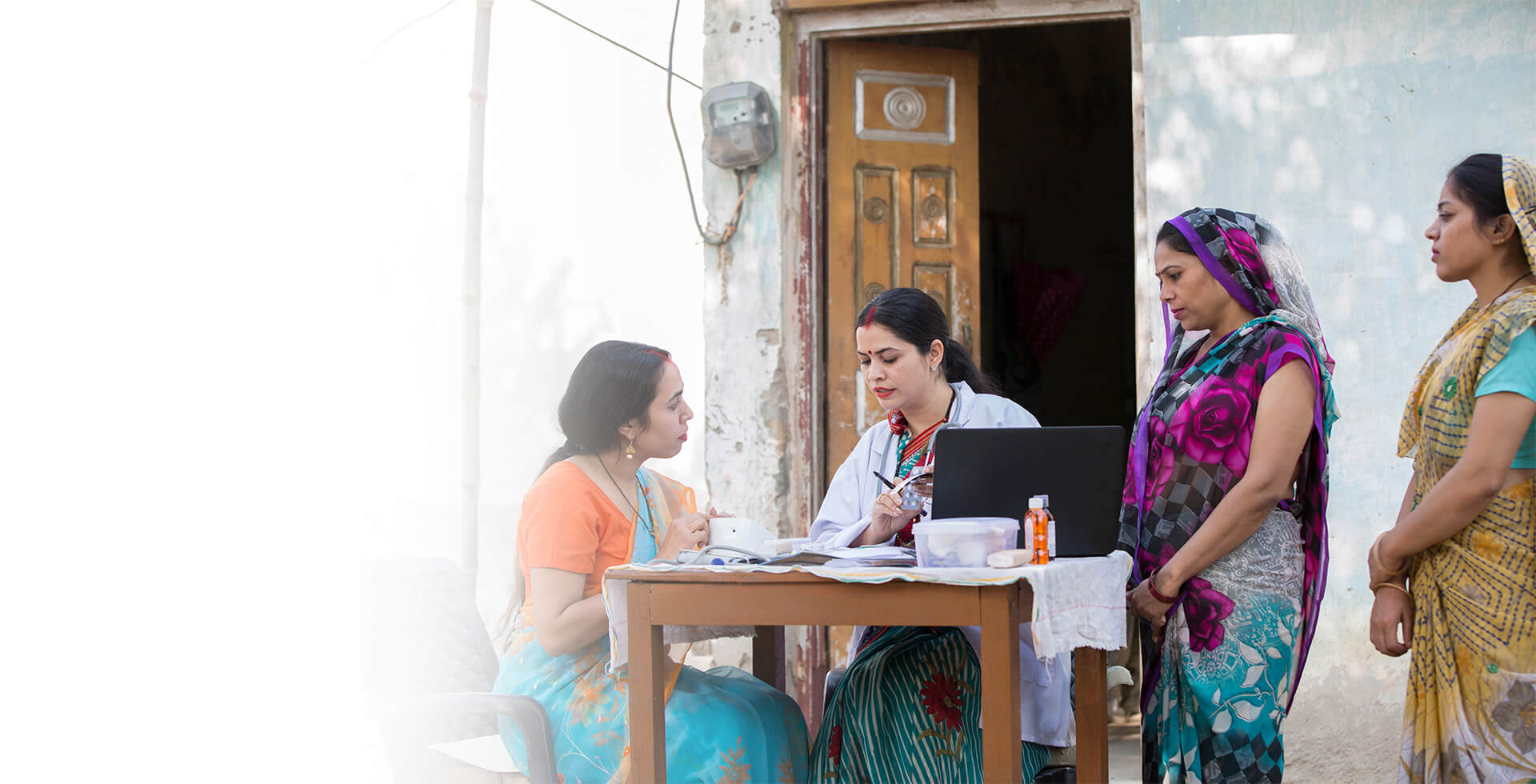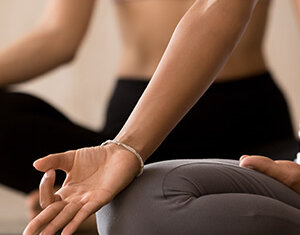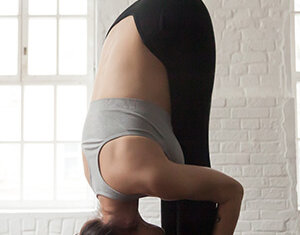Blog
Vata Dosha Yoga
Yoga
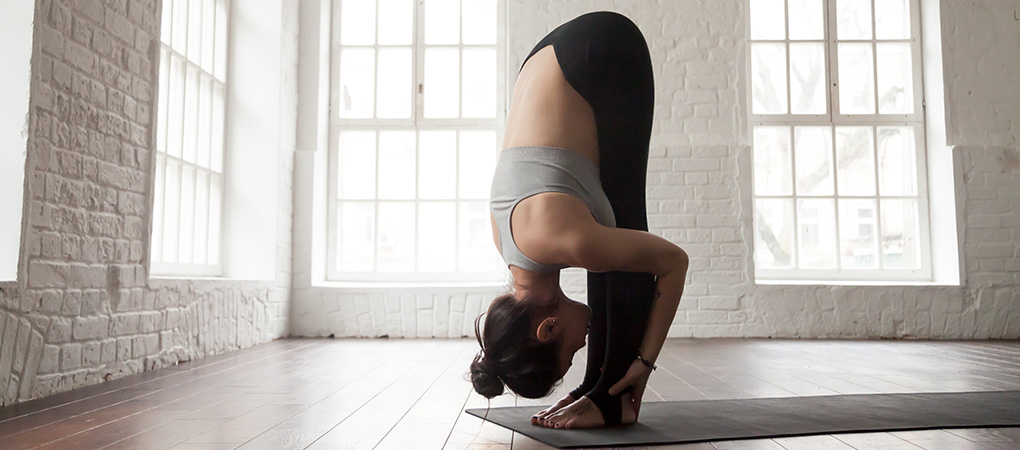
Vata constitution of the body is the imbalance which is characterized by cold, mobility, buoyancy and size. Those who have this type can customize their yoga practice to bring back the balance. Vata dosha yoga basically helps one to reestablish the qualities of warmness, firmness and proper training to focus on establishing a natural state of well-being. Practicing yoga for vata body type can help bring equilibrium, tranquility and sustenance faster than any other way.
People with vata derangement end up with various health issues like headache, arthiritis, insomnia, anxiety and other digestive disorders as they do not take care of their diet properly. According to ayurveda, vata pacifying yoga can balance all the doshas and give a radiant and beaming health. Those with vata try to push themselves very hard to do rigorous yoga asanas like surya namaskar in a bid to counter its effects. But the asanas which are more appropriate for vata balancing are supposed to be calming by nature. These asanas also help to assuage anxiety issues and improve discrepancies like constipation and body pains etc. The lower abdomen, pelvis, and large intestine mostly house vata in the body with many of the asanas compressing the lower abdomen. Also, the asanas that strengthen the lower back help improve vata.
Vata Yoga
There are various yoga poses for vata dosha and few of them are listed below:
Ustarasana
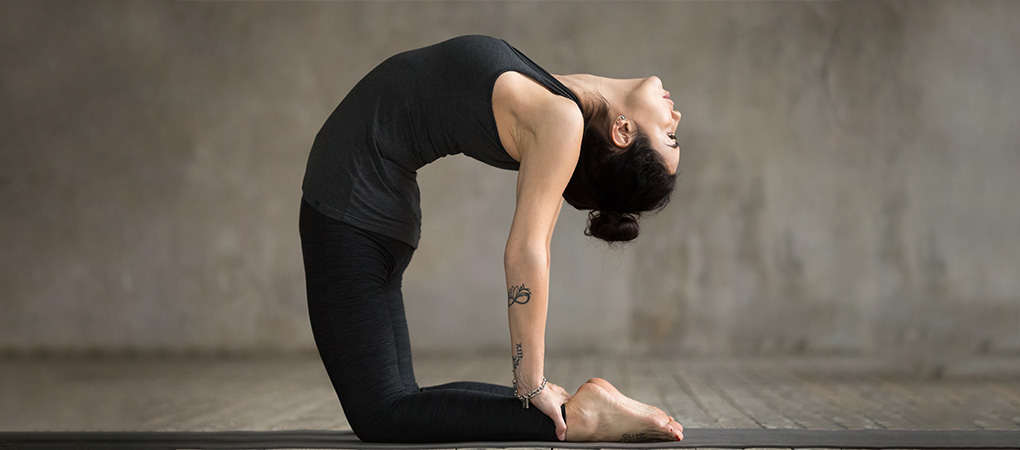
is one of the most incomparable asana for vata yoga which works positively to remove vata dosha. One needs to stand straight with shoulders in a width-apart position. Stretch your arms straight up and thereafter hold onto the opposing arms behind the head. Keep the back in straight position and slowly bend forward taking a comfortable position. Try touching the ground in front but you need to be very careful while performing this yoga for vata imbalance as the back can be injured if there’s too much strain while bending. Hence, caution and restrained should be maintained.
Paschimottansana
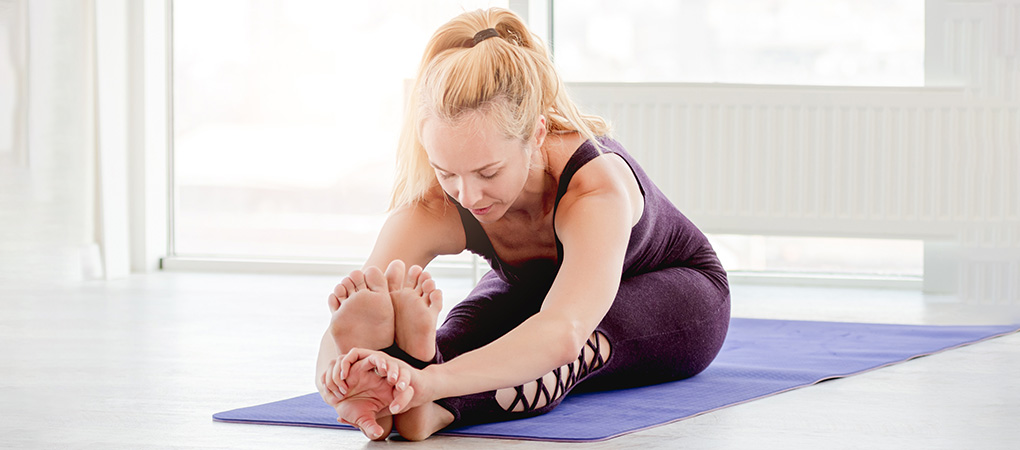
is the seated version of Uttanasana which is performed usually when the back is sore.
Balasana
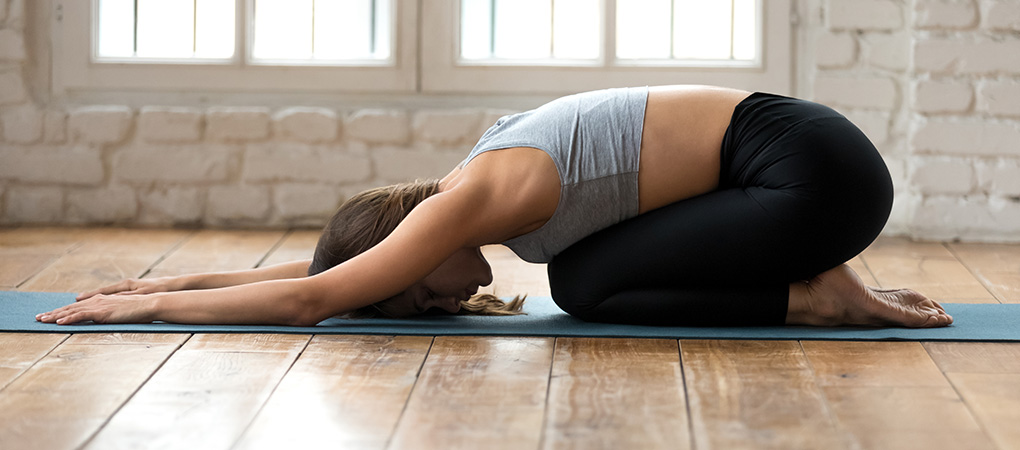
or the Child’s Pose is another admirable yoga pose for vata dosha which helps in constricting the pelvis region. You need to sit in an upright position while flexing the knees and folding them under the bum area. Position the arms on one side and bend in the forward position, relaxing the head on the floor in front. For those who are unable to touch the head on the ground can put a pillow or blanket underneath. This vata balancing yoga is best for those suffering from constipation or indigestion. Apart from practicing, Balasana for treating constipation.
Supta Virasana
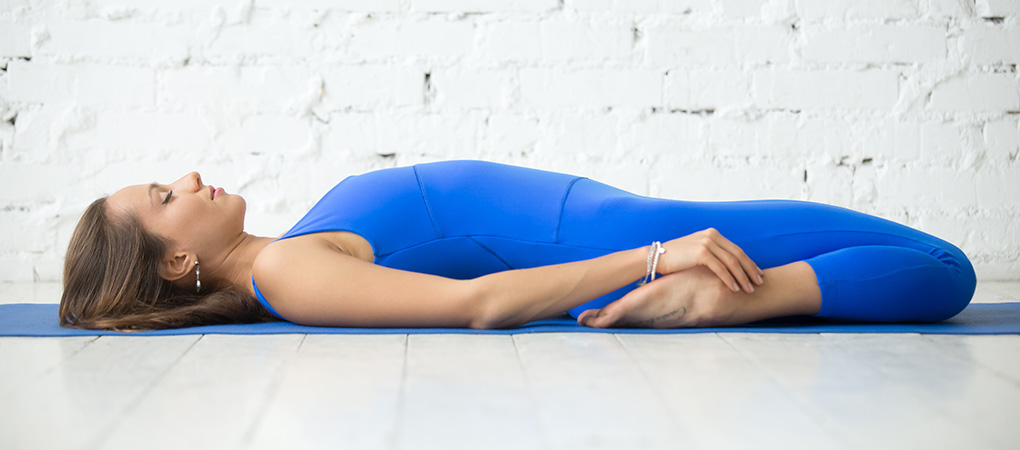
is another vata pacifying yoga that helps in stretching of abdominal lower back muscles increasing the pressure on pelvis area and helping to treat asthama condition in young people. One needs to kneel the knees together and sit in a squatting position moving the legs out to the side of pelvis. One needs to place hands on ends of the feet and lean backwards in a bid to touch the lower back on the floor.
Dhanurasana
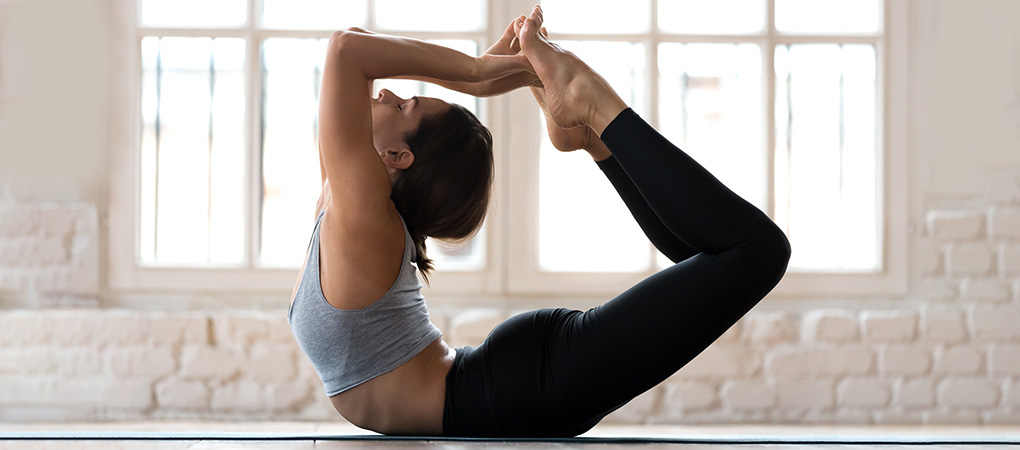
or bow pose is one of the most popular asanas that gives maximum vata relief if performed regularly. For this one needs to lie on the stomach and arms at both sides. Lift the head and shoulders simultaneously and mend both the knees together. Try to reach back and touch the ankles and draw the chest upwards to let the lower body just rest on the pelvic area.
Ustarasana

is usually performed by people with pitta energy. These yoga poses for vata dosha involve squatting and keeping the hands on the buttocks. Move the pelvis area forward, pulling out the lower back and bringing the hands to touch the knees. Also tenderly extend the neck forward and breathe easy. This asana would make the stomach, plexus and the chest areas flexible, allowing the free movement of energy through these organs.
Surya namaskar
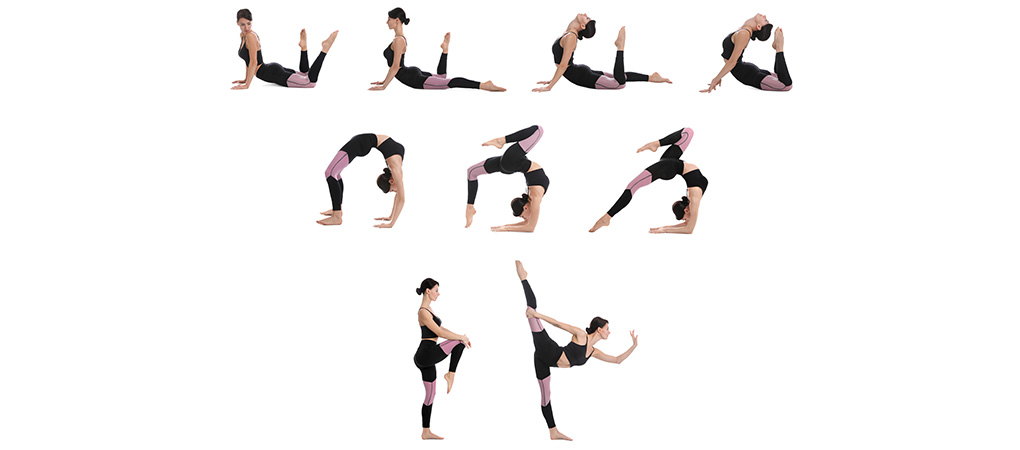
or sun salutation is one of the best aerobic exercises that benefits people with kapha. It is a wonderful and sure shot way to get rid of excess weight and stress. It is also one of the best yoga for vata imbalance as it creates heat and opens the chest for energies to pass through. There are 12 positions to follow in this yoga whereby the first begins with standing erect, raising arms towards the sun and bending backwards. Thereafter, bend forward and fold the knees and then perform the adho mukha shavasana. Taking the cobra pose and pressing back and then coming to the standing position once again complete a cycle of surya namaskar. This has to be repeated a number of times to be effective in balancing the vata. People of kapha energy should perform this vata dosha yoga regularly at a great speed whereas people of vata nature should perform it slowly in order to decrease the vata exacerbating tendencies. Few of these yoga asanas are a little negative for the kapha, as kaphas can take advantage of all kinds of extensions and movements. For the kapha dosha people, the weaker areas in the body are the lungs and kidneys and they should be really taken care of while performances.
These yogas for vata imbalance need to be practiced at a slow, smooth and steady pace with more flexibility in the poses. As most of the yoga poses for vata dosha affect the spinal and pelvic areas, it is important to not overdo or exert these joints. Each posture of the asanas should be held for short intervals, performing multiple duplications. Also the area below the navel and above the pubic bone is the power center and hence should be most concentrated on. These asanas are specifically tailored as yoga for vata body type and involve all the body muscles while performing. One very important thing to remember while performing the vata pacifying yoga is to relax and loosen up after practicing the asanas. Always conclude the yoga with a warm bath in order to calm the senses after the rigorous workout.





